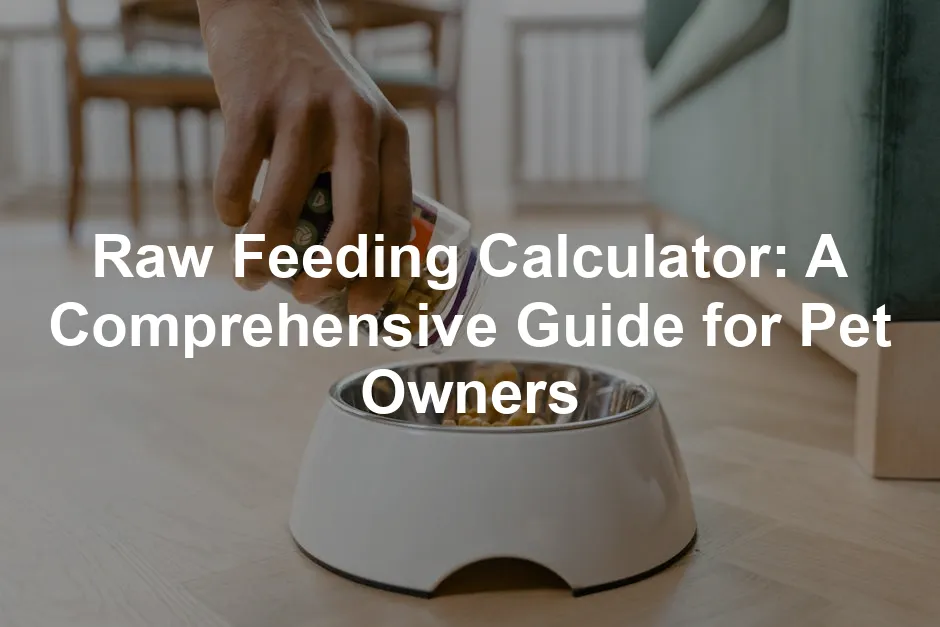Introduction
Raw feeding is a popular approach to pet nutrition. It emphasizes natural, unprocessed foods. Using a raw feeding calculator helps ensure your pet gets the right amounts. This promotes optimal health and well-being.
Speaking of raw feeding, if you’re looking for a comprehensive resource, check out this Raw Dog Food Cookbook. It’s filled with delicious recipes that will make your pup drool!
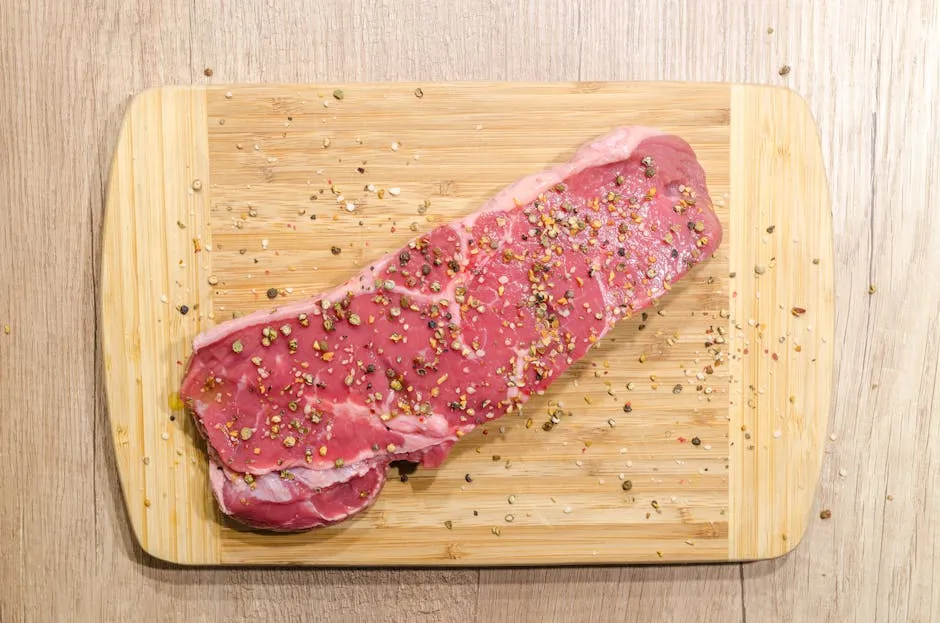
Summary and Overview
Raw feeding has gained traction among pet owners. Many believe it improves their pets’ health. A raw feeding calculator plays a vital role in this process. It determines the proper food quantities based on several factors. These include your pet’s age, weight, and activity level. By inputting this information, you can easily find the right feeding amounts. This helps prevent overfeeding or underfeeding, leading to a healthier pet.
If you’re serious about your pup’s health, you might want to invest in a Dog Food Storage Container. Keeping your dog’s food fresh and safe from pests is key to maintaining its nutritional value!
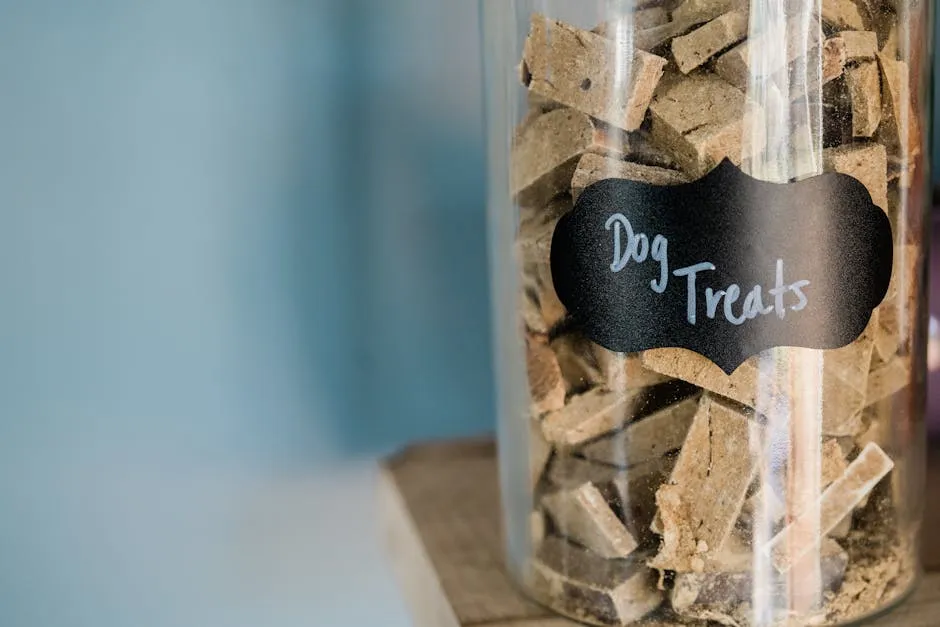
What is a Raw Feeding Calculator?
A raw feeding calculator is a tool designed to help pet owners determine the appropriate food amounts for their pets. Its purpose is to provide guidance on how much raw food to feed, based on specific parameters like weight and age.
Using this calculator is crucial for your pet’s health. It ensures they receive balanced nutrition tailored to their individual needs. Many pet owners mistakenly believe raw feeding is straightforward, but it requires careful calculation.
Common misconceptions about raw feeding include the idea that any amount of raw food is good enough. In reality, feeding too little or too much can lead to health issues. A raw feeding calculator helps debunk these myths by providing accurate recommendations.
Benefits of Raw Feeding
Raw feeding offers numerous nutritional advantages for pets. A raw diet emphasizes whole foods, providing essential nutrients. It can lead to better energy levels and overall vitality. Fresh meat, bones, and organs contain high-quality proteins and fats. These elements support muscle development and healthy weight.
Another significant benefit is improved digestion. Raw food is less processed, making it easier to digest. This can lead to fewer gastrointestinal issues and better nutrient absorption. Many pet owners report a decrease in gas and bloating after switching to raw diets.
Additionally, raw feeding can enhance skin and coat condition. Pets on a raw diet often show a shinier, healthier coat. Fatty acids in raw foods, such as omega-3s, promote skin health. This can be particularly beneficial for pets with allergies or sensitive skin. To ensure your pet gets their omega-3s, consider adding Omega-3 Fish Oil for Dogs to their diet!
In summary, raw feeding can boost your pet’s nutrition, digestion, and appearance. By providing a balanced raw diet, you’re investing in their long-term health.
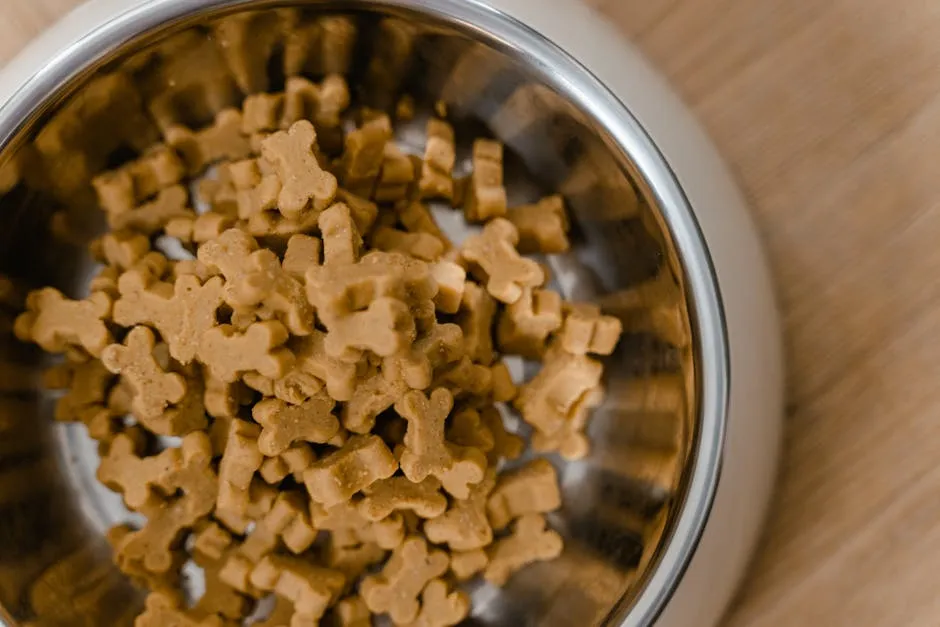
Factors Influencing Raw Feeding Amounts
When determining your pet’s raw food portions, several factors come into play. First, consider your pet’s age. Puppies require more food to support their growth, while seniors may need less. Adjusting the amount based on life stage is essential for optimal health.
Next, think about your pet’s weight. Maintaining an ideal body weight is crucial for overall well-being. Underweight pets need more food, while overweight pets require less. Regular weight checks can help you fine-tune their portions.
Activity level also influences how much to feed. Active pets burn more calories and need additional food to fuel their energy. Conversely, less active pets require smaller portions to prevent weight gain.
Lastly, health conditions should be considered. Pets with specific dietary needs, such as allergies or medical conditions, may need tailored portions. Consulting with your veterinarian can help you make the right adjustments.
By considering these factors, you can ensure your pet receives the appropriate amount of raw food for their unique needs.

How to Use a Raw Feeding Calculator
Using a raw feeding calculator is simple and beneficial. Follow these steps to get accurate feeding amounts for your pet.
Step-by-Step Process: Start by choosing your pet’s life stage. Most calculators will let you select if your pet is a puppy or an adult. Next, enter your pet’s weight in either pounds or kilograms.
Common Inputs Needed: You will also need to provide your pet’s age, activity level, and dietary goals. Activity levels can range from low to high, affecting their caloric needs. Additionally, specify if you aim for weight loss, maintenance, or weight gain.
Understanding Output: After entering the necessary information, the calculator will provide a recommended daily food amount. This usually includes a breakdown of muscle meat, bones, and organ meats. Understanding these results will help you create a balanced diet tailored to your pet’s needs.

Types of Raw Feeding Calculators
There are various types of raw feeding calculators designed for different dietary approaches.
- BARF Diet Calculator: The Biologically Appropriate Raw Food model focuses on providing a balanced diet of raw meats, bones, and fruits or vegetables. This calculator will guide you in achieving the right proportions for your pet. You can learn more about this approach in our BARF diet for dogs article.
- PMR Diet Calculator: The Prey Model Raw approach resembles a more natural diet, emphasizing whole prey items. This calculator helps you determine how much raw meat your pet should consume based on its weight and activity level.
- Custom Calculators: For pets with specific dietary needs, many websites offer custom calculators. These can accommodate allergies, health issues, or unique preferences, ensuring your pet receives the best nutrition possible.
With these calculators, you can confidently provide a raw diet that meets your furry friend’s individual needs.
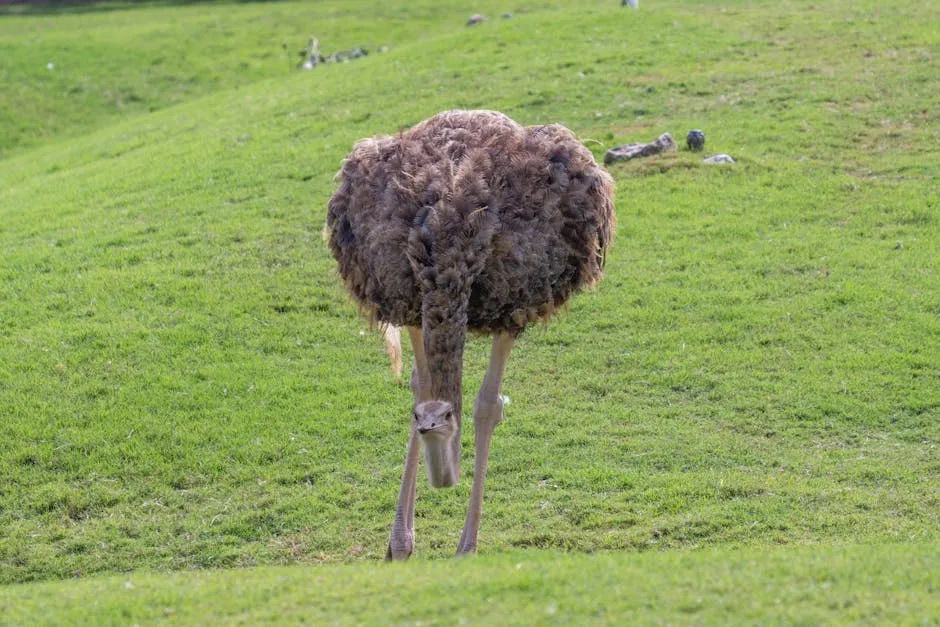
Sample Calculations and Examples
Understanding how to calculate raw food amounts for pets is vital. Here are a few examples to guide you.
Example 1: Calculate feeding amount for a puppy. Let’s say your puppy weighs 10 kg. For puppies, the recommended intake is about 5-10% of their body weight daily. This means you should feed your puppy between 500g to 1kg of raw food each day. Adjust based on activity level and growth.
Example 2: Calculate feeding amount for an adult dog. Consider an adult dog weighing 20 kg. For adult dogs, aim for 2-3% of their ideal body weight. This translates to 400g to 600g of raw food per day. Monitor your dog’s weight regularly and adjust portions accordingly.
Example 3: Show adjustments for overweight or underweight pets. If your dog is overweight, reduce their intake to around 1.5-2% of their body weight. For a 25 kg dog, that’s about 375g to 500g per day. Conversely, underweight pets may need 3-4% of their body weight, bringing a 15 kg dog to 450g to 600g daily. Regular weight checks are essential for adjustments.

And while we’re on the topic of keeping your furry friend healthy, consider getting a Pet Food Scale. It helps you measure the exact portions for your pet’s meals!
Common Mistakes to Avoid When Feeding Raw
Feeding raw can be beneficial, but several common mistakes can hinder your pet’s progress.
Overfeeding or Underfeeding: One of the biggest risks is not getting portions right. Overfeeding can lead to obesity, while underfeeding can cause malnutrition. Always calculate based on your pet’s weight, age, and activity level. Keep a close eye on their condition and adjust as needed.
Neglecting Variety: A varied diet is crucial. Pets need different nutrients found in various proteins, vegetables, and organs. Sticking to one type of meat can lead to nutritional deficiencies. Rotate proteins and include a mix of vegetables to ensure a balanced diet.
Not Monitoring Weight: Regular weight checks are essential. Pets can gain or lose weight unexpectedly. Keeping track helps you adjust their food intake accordingly. Use the feeding calculator to reassess their needs every few weeks. This way, you ensure they stay healthy and happy.
To make this process easier, consider using Dog Training Clicker to reinforce good habits while monitoring their weight!

Conclusion
In conclusion, using a raw feeding calculator is essential for determining the right food amounts for your dog. These calculators help ensure your pet receives balanced nutrition, promoting better health outcomes. Remember, each pet is unique, so factors like age, weight, and activity level play a significant role in their dietary needs.
Always consult with your veterinarian for personalized advice tailored to your furry friend. They can help you navigate any specific health concerns or dietary requirements. By taking these steps, you can confidently support your pet’s health and well-being while enjoying the benefits of raw feeding.
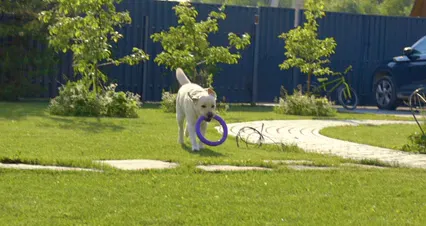
FAQs
What is the ideal percentage of body weight to feed my dog on a raw diet?
Generally, adult dogs should be fed 2-3% of their ideal body weight daily. Puppies may require more, around 5-10%, to support their rapid growth.
Can I mix raw food with kibble?
Mixing raw food with kibble is possible, but it’s often recommended to feed them separately. This helps avoid digestive issues and ensures your pet gets the benefits of each diet.
How often should I monitor my dog’s weight?
Regular weight checks are crucial, ideally every 2-4 weeks. This helps you adjust feeding amounts based on your dog’s condition and activity level.
Are there any specific breeds that require different raw feeding amounts?
Yes, some breeds have unique nutritional needs. Larger breeds may require more food, while smaller breeds may need more frequent meals to meet their energy demands.
What should I do if my dog refuses to eat raw food?
Gradually transition your dog to raw food. Start by mixing it with their current diet and slowly increase the raw portion. Offering different proteins might also entice them to eat.
Please let us know what you think about our content by leaving a comment down below!
Thank you for reading till here 🙂
And before you go, if you’re planning a road trip with your furry friend, don’t forget to grab a Dog Car Seat Cover to keep your car clean and your pup safe!
All images from Pexels

